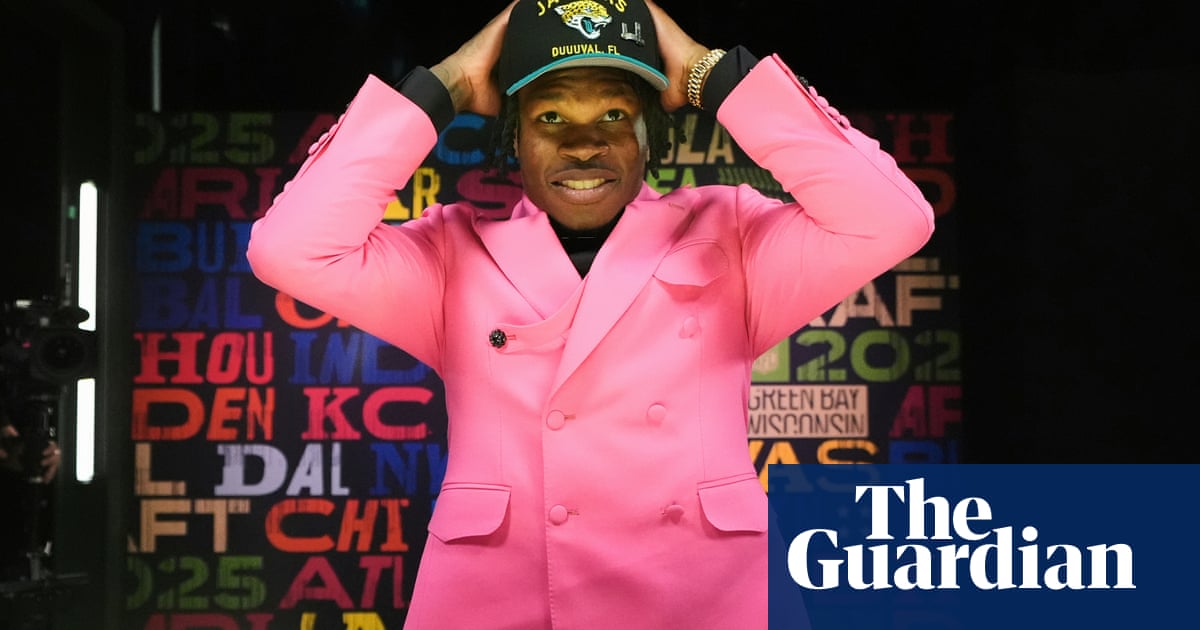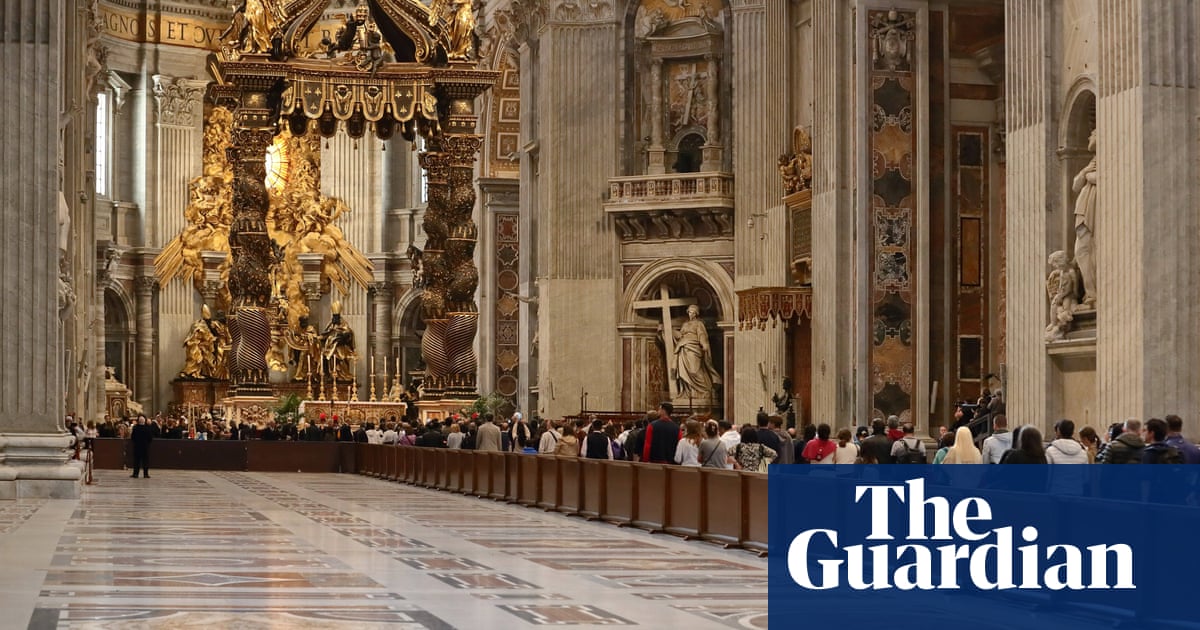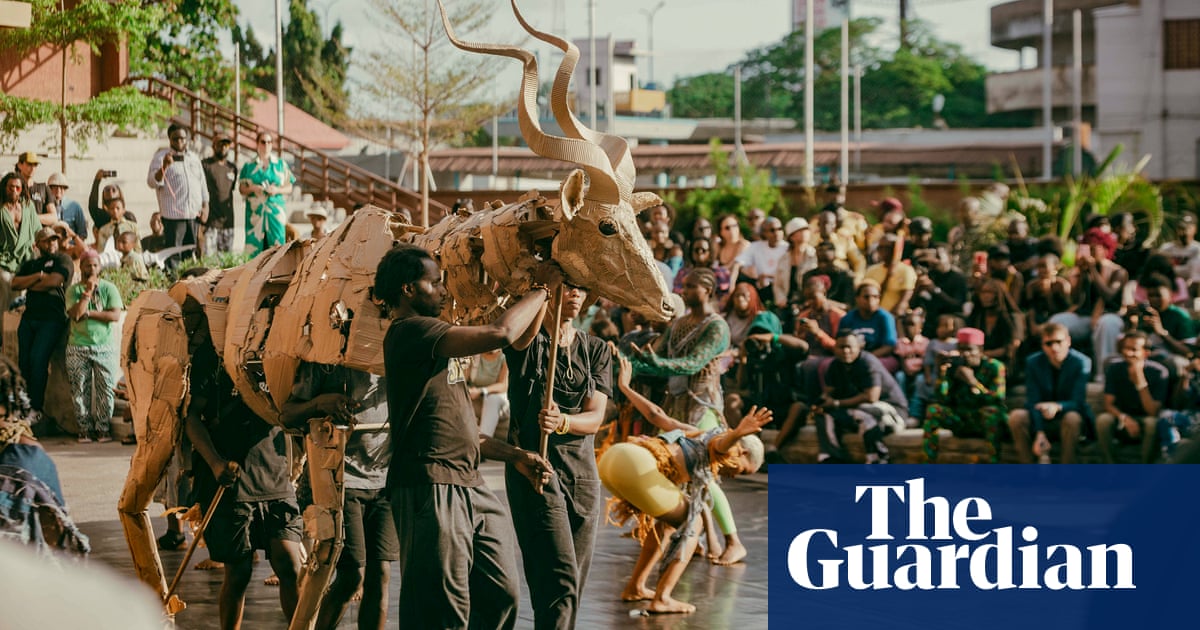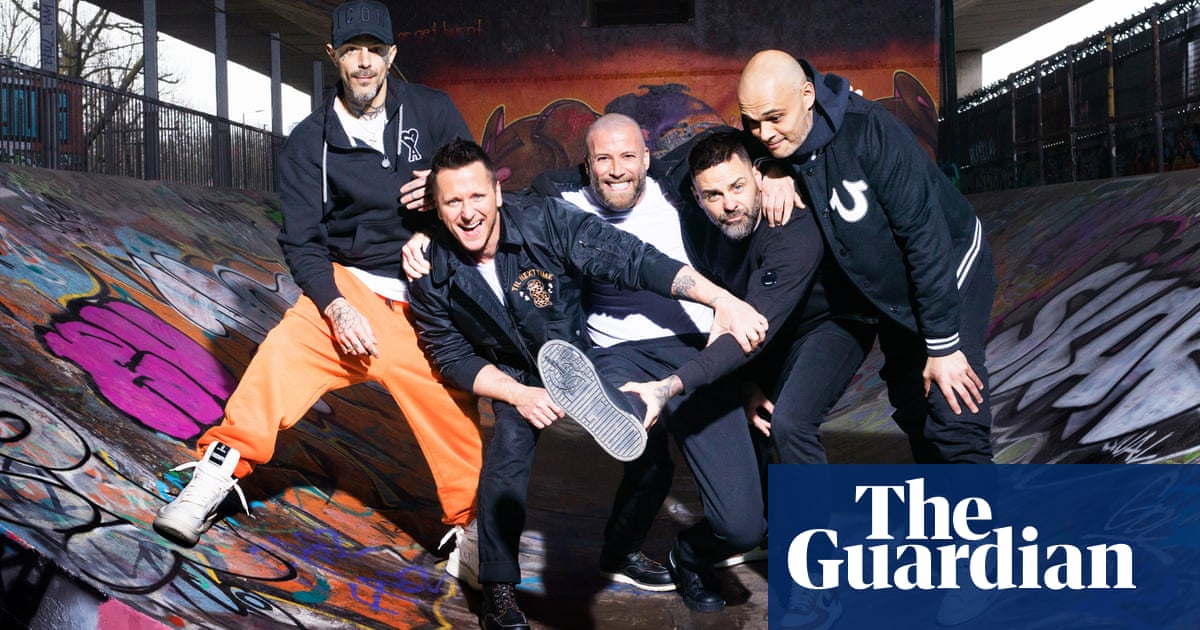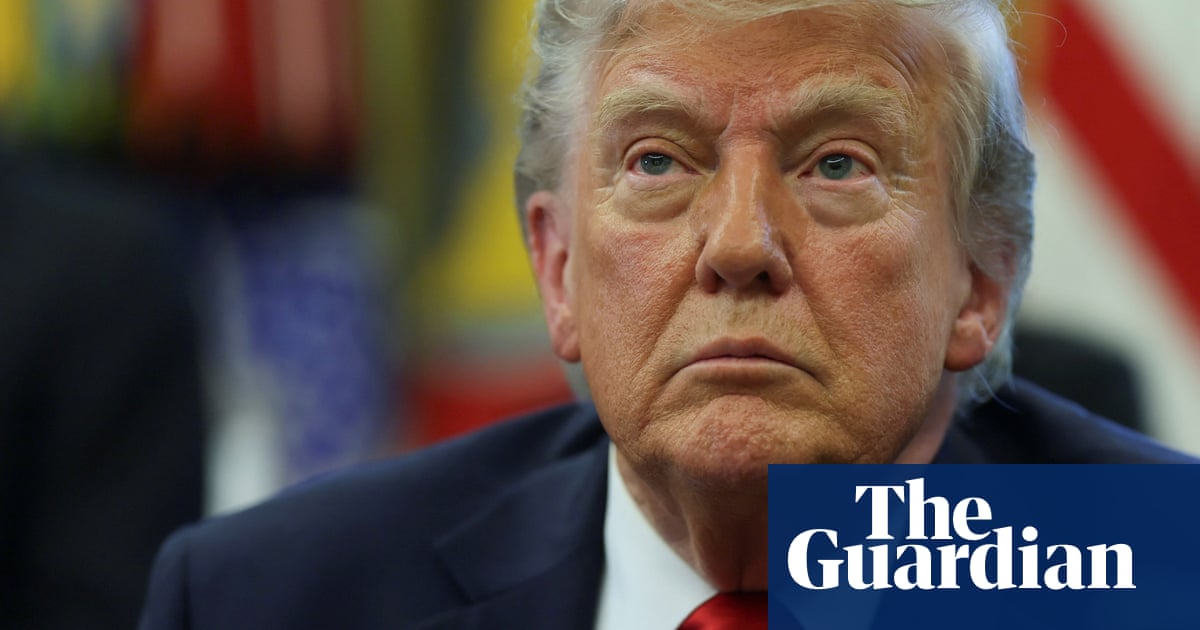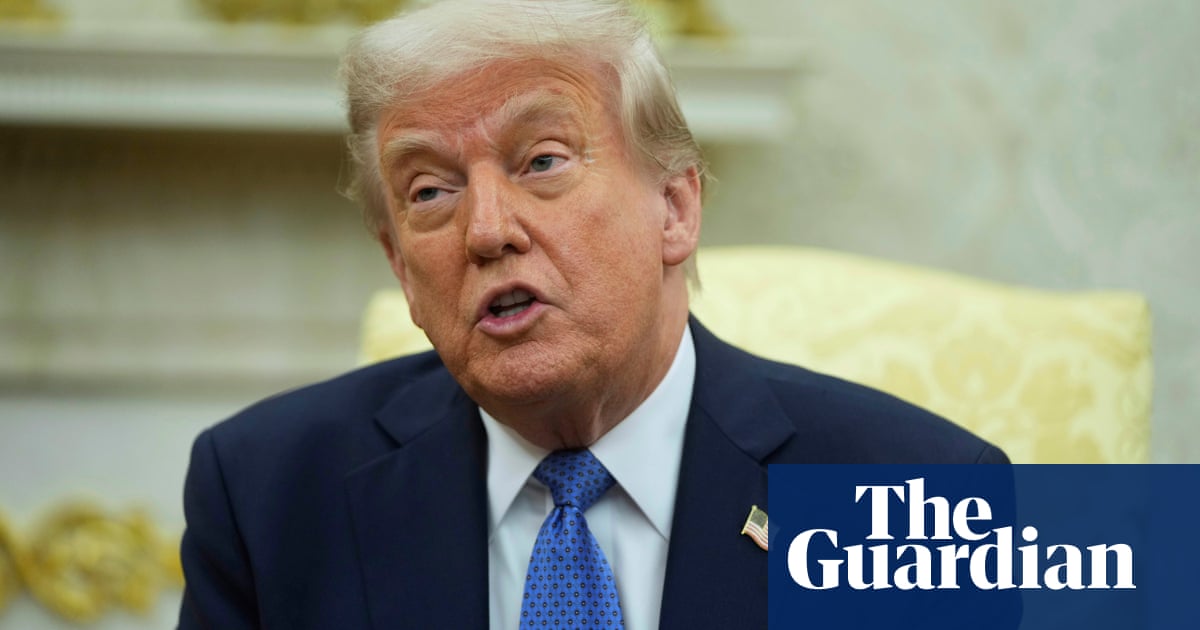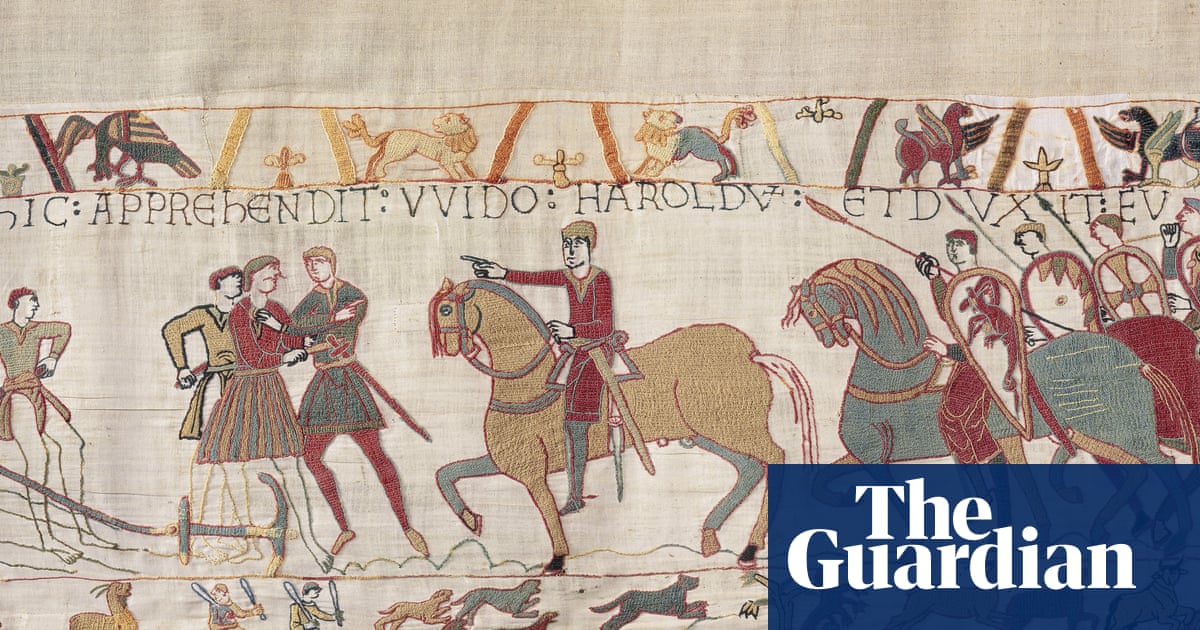Key events Show key events only Please turn on JavaScript to use this feature
About two-way players ...
Deion Sanders, who coached two-way hopeful Travis Hunter at Colorado, didn’t believe in specialization. His play as a shutdown corner in the NFL is what got him into the Hall of Fame, but he was also a dangerous kick returner and occasionally a wide receiver — especially in 1996, when he caught 36 passes (on an inefficient 67 targets) for 475 yards and was still an All-Pro cornerback. Perhaps not coincidentally, that was the first year he wasn’t also playing baseball.
Most two-way collegiate players end up focusing heavily on one side of the ball. Think Hall of Fame defensive backs Champ Bailey and Charles Woodson, who put up eye-popping numbers in college (Bailey’s last year at Georgia: 744 yards and five touchdowns receiving, 52 tackles and three interceptions on defense) but had few enough offensive plays to count on one hand. Adoree’ Jackson is the most recent skill player to do both, but he also has only a handful of offensive plays. Patrick Peterson and Eric Weddle also got a few chances to show their stuff on offense.
No player picked his spots better than linebacker Mike Vrabel — 10 regular-season receptions on 14 targets, all for touchdowns, in addition to two touchdown receptions in two different Super Bowls.
Vrabel flashed his versatility in New England, as did two offensive players who dabbled on defense — Randy Moss and Troy Brown, both of whom played college football at Marshall. Brown finished his college career by intercepting a desperation pass on the last play of the FCS championship game.
A little less successful in New England was Rob Gronkowski, the stalwart tight end who defended one pass in his career but wound up on the blooper reels as he fell down while flailing at Kenyan Drake at the end of the “Miami Miracle” that saw the Dolphins pull off a series of laterals for an improbable last-second win.
Decades after William “Refrigerator” Perry scored a handful of touchdowns, including one in the Super Bowl, a few big defensive players get the occasional goal-line opportunity on offense. Dontari Poe has three career touches — all for touchdowns. That’s two 1-yard run and one 1-yard pass.
There is one current role player who sees time on offense and defense — the Chargers’ Scott Matlock, who had 362 offensive snaps at fullback and 137 defensive snaps at defensive line in 2024. He’s primarily a blocker on offense, though he did have four receptions for 28 yards last season.
Now being introduced … players who are attending the draft because they have a decent chance of being drafted tonight in the first round. It’ll be pretty awkward if they’re not.
Boise State’s Ashton Jeanty is the most traditionally dressed. Will Johnson looks like he plans to unleash an R&B ballad. Georgia’s Malaki Starks is in neon pink.

The national anthem is being performed on classical guitar – oops, no, he’s singing now. Hey, Chris Stapleton isn’t a bad role model for anthem performances.
An update from Green Bay, site of the draft …
Travis Hunter has jumped onstage to dance with the band.
He avoided injury.
To QB or not QB …
No position in modern sports has as much impact on a team’s chances as the quarterback.
Barring the odd gadget play, the QB touches the ball on every offensive play. And the position’s importance has only increased over time as passing has increased. Teams averaged 25-ish to 28-ish passes a game in the 1970s. Last year, it was 32.7 attempts per game, and that’s down from more than 35 a few times in the 2010s.
And QBs are expected to be accurate. The overall completion percentage in the NFL broke 60% less than 20 years ago and is now getting close to a healthy two-thirds.
That’s not all. The “dual-threat” quarterback is no longer an anomaly. QBs need to be mobile. If no one’s open, take off and run.
Teams can make it to the Super Bowl without an elite running back. Or a shutdown cornerback. They usually can’t make it without an elite QB any more. The days of Brad Johnson vs. Rich Gannon are gone. Now it’s Jalen Hurts vs. Patrick Mahomes. Matthew Stafford vs. Joe Burrow.
The panelists mentioned below (well, two of them) believe the first pick will be Travis Hunter, who is bidding to be the first legitimate two-way player in the NFL since … um … his college coach, Deion Sanders? (We’ll get to that.)
But this is the NFL, which stands for “No Fun League.” Hunter will likely be converted into a cornerback like every other two-way collegian (including Sanders, for the most part).
That said … does this draft have an elite QB? Is Cam Ward in the same class as Jayden Daniels or Caleb Williams? Or Drake Maye or Michael Penix Jr. or Bo Nix, for that matter?
Probably not.
So the next best thing is take someone who can take the other QB down as soon as possible.
I’ll agree with Graham. Abdul Carter will go first.
Preamble
In about an hour and change, we’ll hear, “With the first pick in the NFL Draft, the Tennessee Titans select … Cooper Flagg, from Duke.”
What? Wrong draft? Oh.
Right – this is the grandfather of all drafts, the peculiar US tradition that aims to instill a sense of parity among teams so that the worst team in a given year gets the first chance to improve by gazing upon the talented players leaving college and selecting a Joe Burrow or a JaMarcus Russell first.
The NWSL has started what could become a movement by doing away with its college draft. That seems many years away from happening in the NFL.
In other words, this is the biggest night for pro football between the Super Bowl and the first 2025 regular-season game. Enjoy.
(And wouldn’t Flagg be a better pick than some? He could probably throw pretty well.)
Beau will be here shortly. In the meantime, here’s who our panel of writers think should be the No 1 overall NFL draft pick tonight:
Travis Hunter, CB/WR. Any team picking No 1 overall needs a quarterback. And Cam Ward is the top quarterback prospect in the class. But the No 1 pick should be Hunter, the electrifying hybrid corner/receiver. Whether he can play both ways in the league is an open question, but wherever he lines up, Hunter will be a gamechanger at a premium position. Oliver Connolly
Travis Hunter. I am not entirely sold on any of the quarterbacks in this class, so that’s that out the window. Instead, I would easily and happily turn the card in on football’s version of Babe Ruth or Shohei Ohtani: a guy who can play two crucial positions – cornerback and wide receiver – at an insanely high level. My comp for Hunter as a receiver is DeAndre Hopkins; my comp for him as a cornerback is Darius Slay. Think about how unprecedented that is in football history, and make the move. Doug Farrar
Cam Ward, QB. This is the NFL draft, people. You get the top pick, you draft the best quarterback on the board – and this year they don’t come better than 6ft 2in, 219lb University of Miami senior, a Davey O’Brien award winner (for the nation’s top college QB) and Heisman Trophy finalist. It’s not just about stats with him; it’s the utter nonchalance with which he piles them up. Andrew Lawrence
Abdul Carter, Edge. The chance to add an edge defender who draws comparisons to Micah Parsons is a phenomenal opportunity to transform Tennessee’s defense. The Titans should rethink their strategy at quarterback, and possibly wait to pick a new offensive cornerstone from next year’s richer talent pool while they have the chance to give their limp pass rush a huge boost. Graham Searles
You can read their full list of predictions here:

.png) 5 hours ago
4
5 hours ago
4
